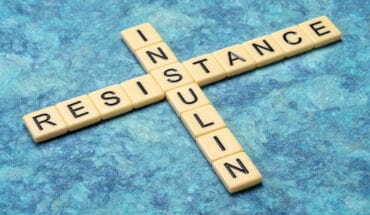Five years ago, I was very excited about the future of digital healthcare and telemedicine. Today, I take a more nuanced view. In my opinion, digital healthcare, in all its guises ranging from apps to improve lifestyle choices, to home monitoring devices which allow clinicians to follow vital signs of patients without face to face interaction, will be an important part of the entire package of healthcare, but it is not a silver bullet which will cure all ills.
Over the years, I have been involved in various metaanalyses of smaller studies, looking at the benefits of digital healthcare in terms of outcomes for patients with heart conditions. What we have found, time and time again, is that telemedicine has a neutral outcome – in other words, it makes no difference to the condition of the patient. Three large randomised trials in California, Germany and the UK came up with the same conclusion.
In fact, for some patients, remote monitoring can increase hospitalisations and investigations since there are lots of ‘false positives’ from data including blood pressure, heart rate at rest and during exertion. I helped to set up a very large study looking at the effectiveness of a remote monitoring device which detected ‘soggy’ lungs, which happens when heart failure worsens. We increased hospitalisations by 79 per cent during the trial. In another randomised trial, just completed at nine English hospitals, (despite our expectations), there was no difference in outcome when we followed 1650 patients over a three-year period.
There are different explanations for why this should be the case. It is difficult to make sense of too many variables – and some can raise concern that triggers action when in fact they would probably have settled back to the usual readings without any action. People who are reading the data can jump to the wrong conclusions. The argument goes that we need to improve decision making and upskill the people trying to decode the message – and we need better algorithms to identify when action should be taken.
Or maybe, this is the wrong spin. It’s not going to improve patient outcomes, but remote monitoring by digital means will allow more patients to be looked after by fewer highly trained clinicians: getting the expertise to the patient and not the other way round.
In my opinion, the real message is that telemedicine and remote monitoring has a place for certain high-risk patients or those who regularly attend clinics with concerns, but should not be considered a routine alternative to traditional face to face care. Human beings can assess the whole patient and consider the big picture – still far beyond the abilities of an algorithm.
Professor Cowie gave a talk about digital heath in heart failure at the Royal Society of Medicine’s meeting yesterday, Recent Developments in Digital Health 2017. www.rsm.ac.uk
- Remote monitoring for heart patients - 1st March 2017








Remote monitoring technology is revolutionizing patient care, especially for heart patients. This insightful blog highlights the potential of remote monitoring to improve outcomes and enhance the quality of life. Embracing such innovative solutions is a step forward in empowering patients and advancing the field of healthcare.